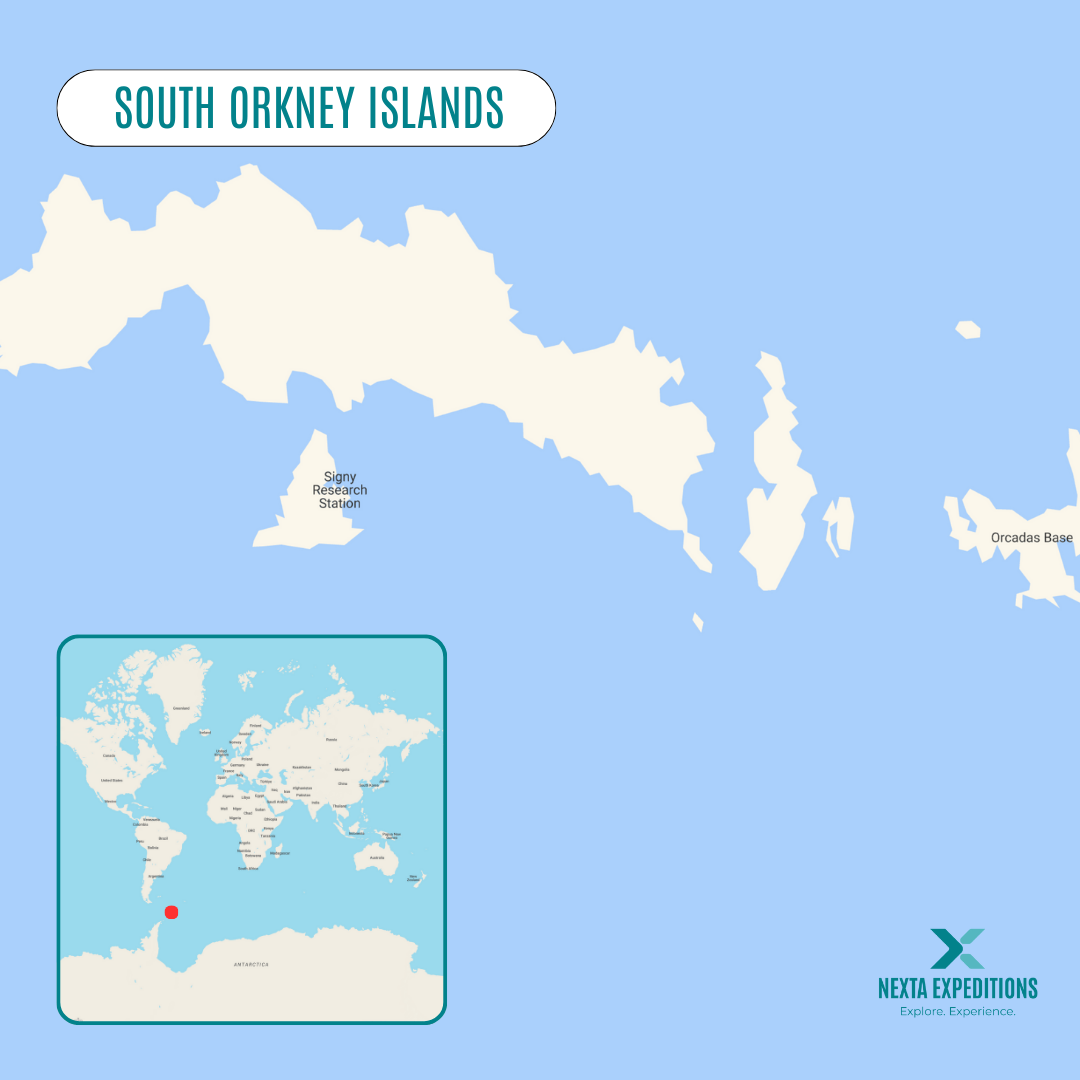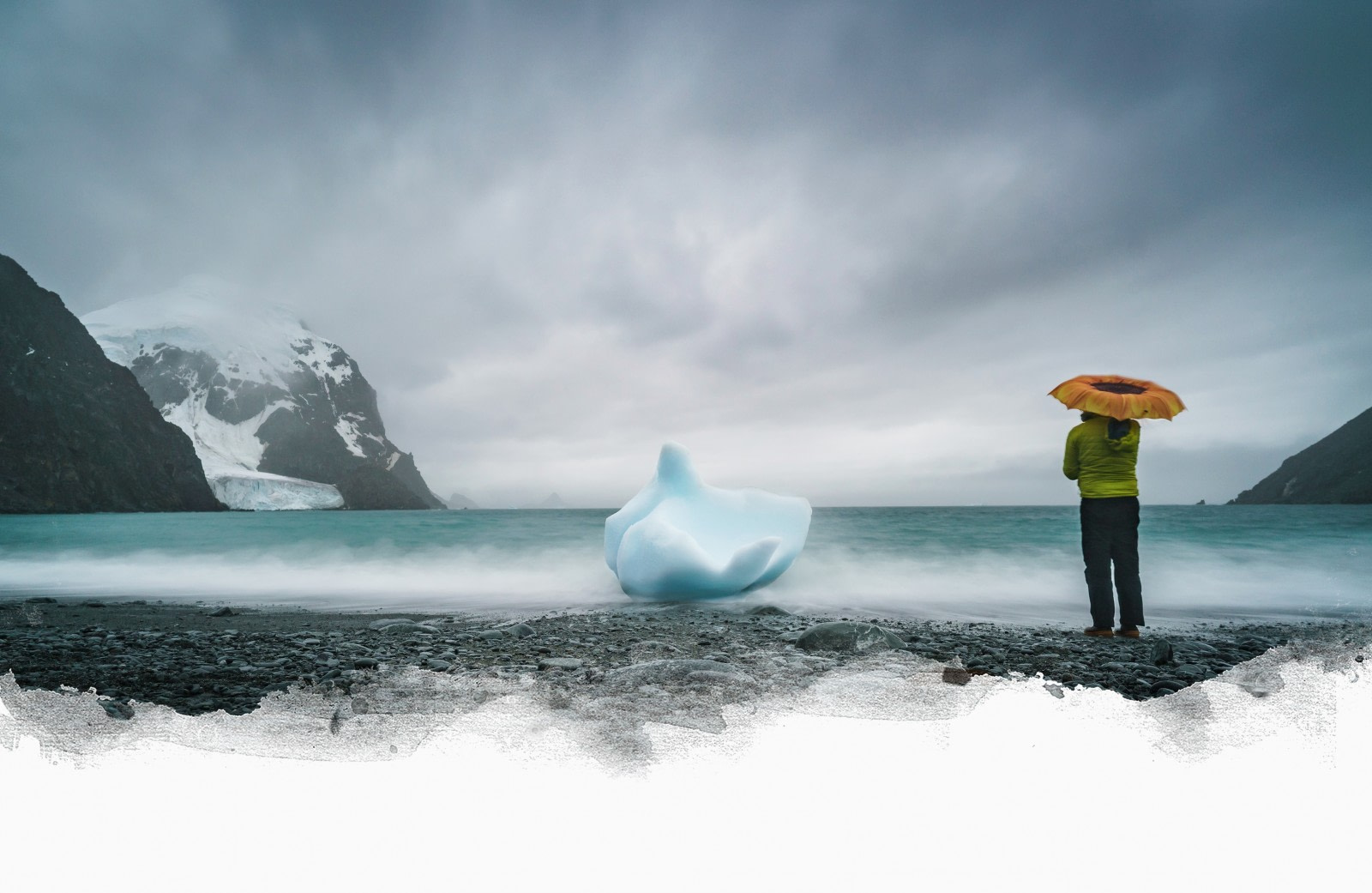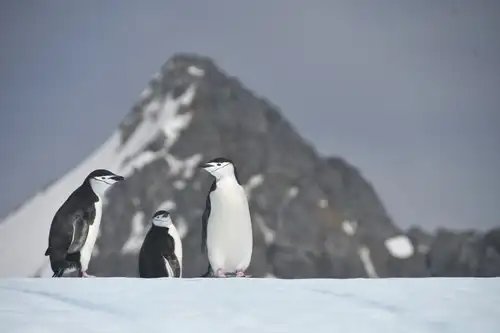The South Orkney Islands are a fascinating group of islands with a rich history and stunning landscapes. Named along with the South Shetland Islands after their northern Scottish counterparts by the Scottish sealers who frequented the area, these islands have a charm all their own.
The islands were discovered relatively late in the age of exploration, with their first sighting occurring in 1821 by the British and American sealers George Powell and Nathaniel Palmer. Imagine the excitement and awe these early explorers must have felt when they first laid eyes on these remote, icy islands. It was a time when much of the world was still unknown, and every new discovery was a significant event.
Geographically, the South Orkney Islands are a stark but beautiful landscape, consisting mainly of rock and ice. In fact, about 85% of the islands are glaciated. This means that for most of the year, the islands are covered in snow and ice, creating a pristine and otherworldly environment. The little vegetation that does exist is hardy and adapted to the harsh conditions, adding a splash of green to the otherwise white and rocky terrain.
Despite their remote and icy nature, the South Orkney Islands are home to two significant scientific stations: Orcadas Station, operated by Argentina, and Signy Station, operated by the United Kingdom. These stations are vital hubs for scientific research, providing insights into everything from climate change to marine biology. The scientists who work here brave some of the harshest conditions on Earth, driven by a passion for discovery and a commitment to expanding our understanding of the world.
The wildlife around the South Orkney Islands is as rugged and resilient as the landscape itself. The surrounding waters are teeming with life, including a variety of seals, whales, and seabirds. If you’re lucky, you might spot Weddell seals lounging on the ice or catch a glimpse of orcas patrolling the waters. Birdwatchers will be thrilled by the abundance of seabirds, including petrels and albatrosses, soaring gracefully above the icy waves.
What makes the South Orkney Islands so special? It's their sheer remoteness and unspoiled beauty. These islands are far off the beaten track, visited only by a handful of scientists and adventurous travelers each year. This isolation has helped preserve their pristine environment, making them a true haven for wildlife and a treasure trove of scientific data.
For those interested in history, the islands offer a glimpse into the early days of Antarctic exploration. The tales of sealers like Powell and Palmer, who navigated treacherous seas in search of new territories, are woven into the fabric of the islands’ history. Visiting the South Orkney Islands is like stepping back in time, where you can imagine the challenges and triumphs of these early explorers as they charted unknown waters.
Getting to the South Orkney Islands is an adventure in itself. The journey typically involves a long sea voyage through some of the roughest waters on the planet, but the rewards are well worth the effort. Upon arrival, you'll find yourself in one of the most remote and untouched places on Earth, surrounded by breathtaking landscapes and an abundance of wildlife.








